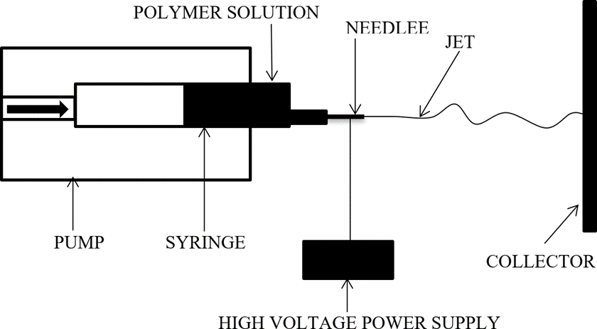Abstract
A wound is damage to the typical anatomic structure. Wound healing is an immediate therapeutic response to injury. It is a creation of the combined response of some cell types towards injury. Wound healing takes place by a sequence of molecular events which cooperate to fix tissue integrity and cell work. In typical healthy individual under ordinary conditions, these physiological events take place smoothly. Though sometimes, these molecular events are arrested, this brings about in struggle to heal. There is an assortment of approaches for the way toward managing and controlling both acute injuries (acute wounds) and ceaseless non-mending wounds (chronic non- healing wounds). The principal objective of these two cases is to achieve better-wound healing. Ideal formulations of wound healing should not only enhance the healing process but also reduce pain, infection and loss of electrolytes, proteins and liquids from the injury. A broad scope of items typically introduced with target various parts of the wound healing process depends on numerous types of wounds and novel polymers utilised for the conveyance of medications to both acute and ceaseless injuries. These include alginate, hydrocolloids, hydrofibers, polyurethane, and hydrogels. This article gives particular importance to different novel approaches in the management of wound healing. This review draws out the data and hopes to provide understanding into traditional, current and imminent techniques and methods for wound management.
Full text article
Authors

This work is licensed under a Creative Commons Attribution-NonCommercial-NoDerivatives 4.0 International License.

